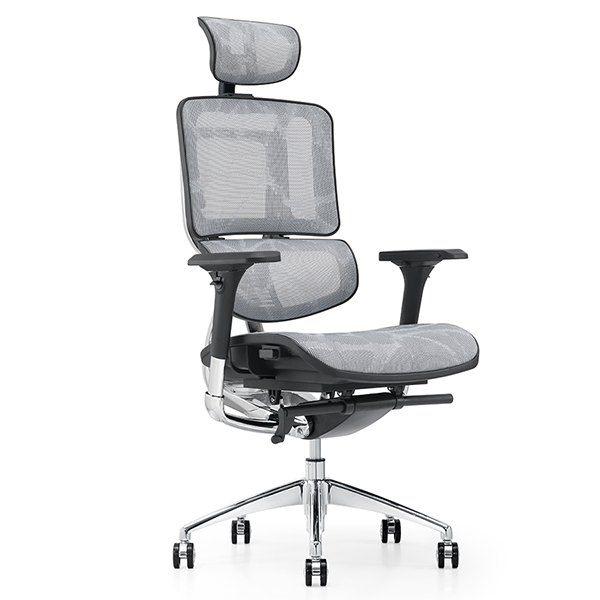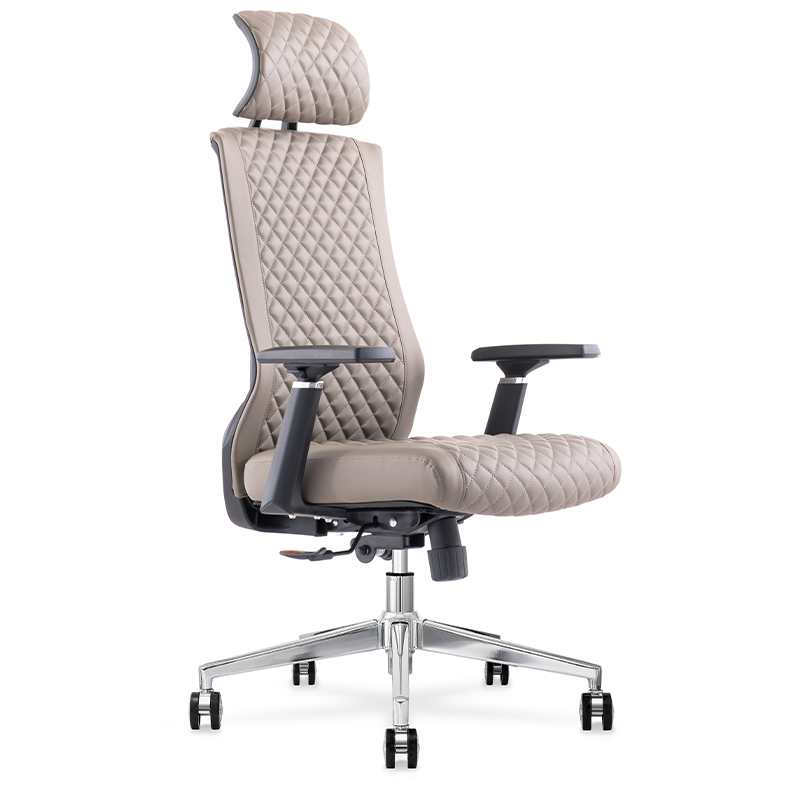Under the blended working, the office space design must focus on the work experience that employees cannot achieve in the home office and bring relevant personnel together to promote communication, innovation, growth, and a sense of belonging.
Rumour of the office's imminent demise must be overblown. However, two-thirds of UK workers are still reluctant to return to the office every day as before, according to a survey released by renowned design firm Gensler, preferring a blended working pattern, going to the office 1 to 4 days a week.
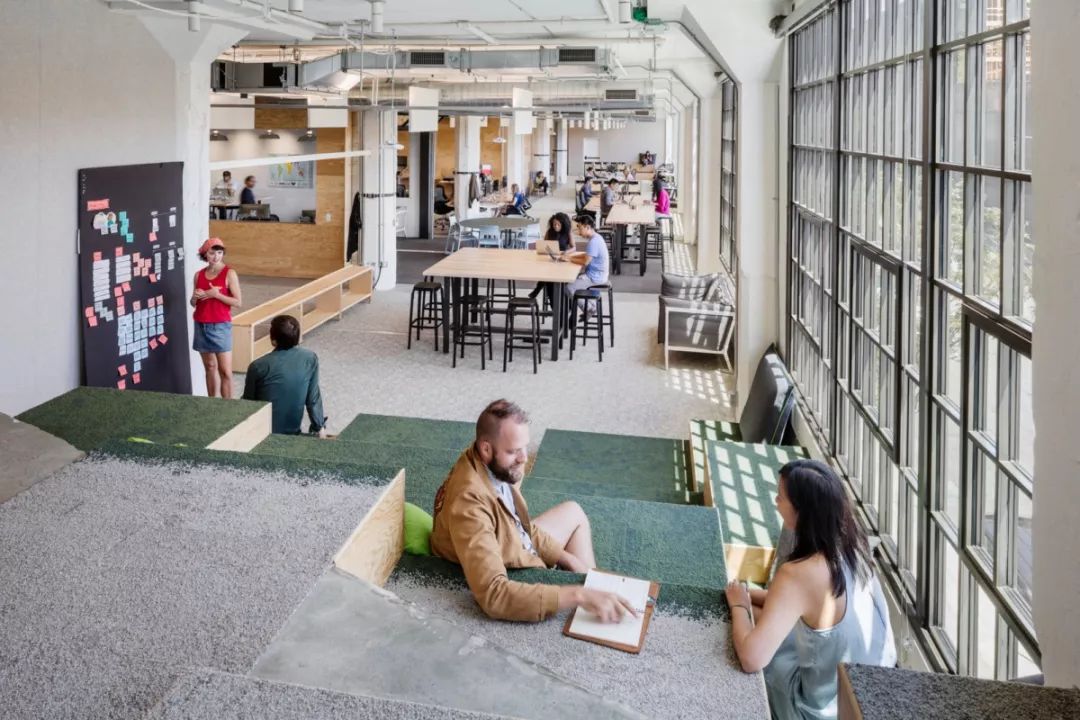
The blended working makes people look forward to it.
The survey said those who work in a blended work have the best experience compared to other work modes and feel more comfortable in this new way of working. How people work during the pandemic has dramatically impacted people's creativity, and they feel more satisfied with their jobs. Blended working also influences perceptions, convincing employees that this way of working increases productivity and satisfaction while encouraging individual creativity and improving well-being. In addition, composite working allows employees to match their environment with their jobs, creating an optimal mix of workplaces.
The findings are part of Gensler's UK Workplace Survey 2020, where researchers have tracked workplace changes since the onset of the pandemic, looking for social factors driving changes in employee needs. In August 2020, only a quarter of UK employees returned to office work, with half continuing to work from home. For most people, this way of working is currently determined by government policy or corporations, not a free choice of individuals. But looking forward to the future, many people still want to change how they used to work, and this expectation will bring unprecedented changes to the office model.
The blended working can better achieve work-life balance.
A separate survey by eFax found that more than three-quarters (76%) of UK IT business decision makers believe their companies will soon move to a blended working, a trend that started before the pandemic. Although 95% believe that UK companies have taken steps for digital transformation, failure to achieve the ultimate change will bring more significant risks to the IT industry. More than half of the respondents believe that the inability to attract and retain talent through a blended working will lead to compromised company culture and a gradual weakening of interpersonal relationships.
According to a Gensler survey, from July 9 to August 5, 2020, 65% of the time spent in the office working full-time was spent collaborating, studying and socializing with others, significantly higher than working from home at 37% in the state. Conversely, 63% of the time spent at work is concentrated when working from home, compared to just 35% in the office.
The rise of working from home during the epidemic has made British employees look forward to the future of blended working. Most people hope to reasonably combine working from home and working in the office to enjoy greater freedom and better achieve work-life balance. This blended work is much better than at home or in the office.
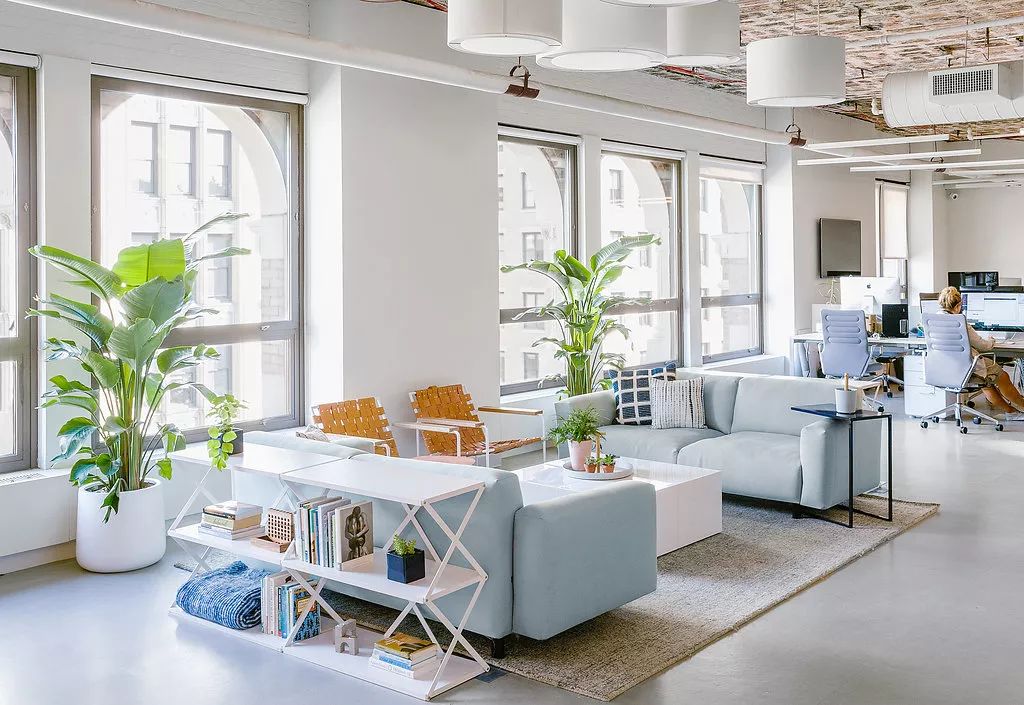
Office space designers will face new challenges.
The survey proves that although the social nature of the office is essential, not only a place for employee communication but also a place for project promotion and business training, the practice of forcing employees to work in the office all day may be gone forever in the future. This result made Gensler rethink the office's role and what it means to employees, HR managers, business leaders, designers, developers, and more.
"The world has changed, but one thing is clear, 80% want to be in the office a few days a week, and 67% want not only flexibility," said Julia Simet, managing director at Gensler Choose where to work and be able to choose when to work. Under the blended working, the office space design must focus on the work experience that employees cannot achieve in the home office and must bring relevant people together to promote communication, innovation, growth, and enhancement. A sense of belonging."
However, the success of office space depends on the ability and speed of a business to make changes. Employees are looking for flexibility, the office's role is radically changing, and the traditional approach of increasing productivity by increasing the density of people is outdated. A company culture that promotes human interaction and emotional exchange is the key to success.
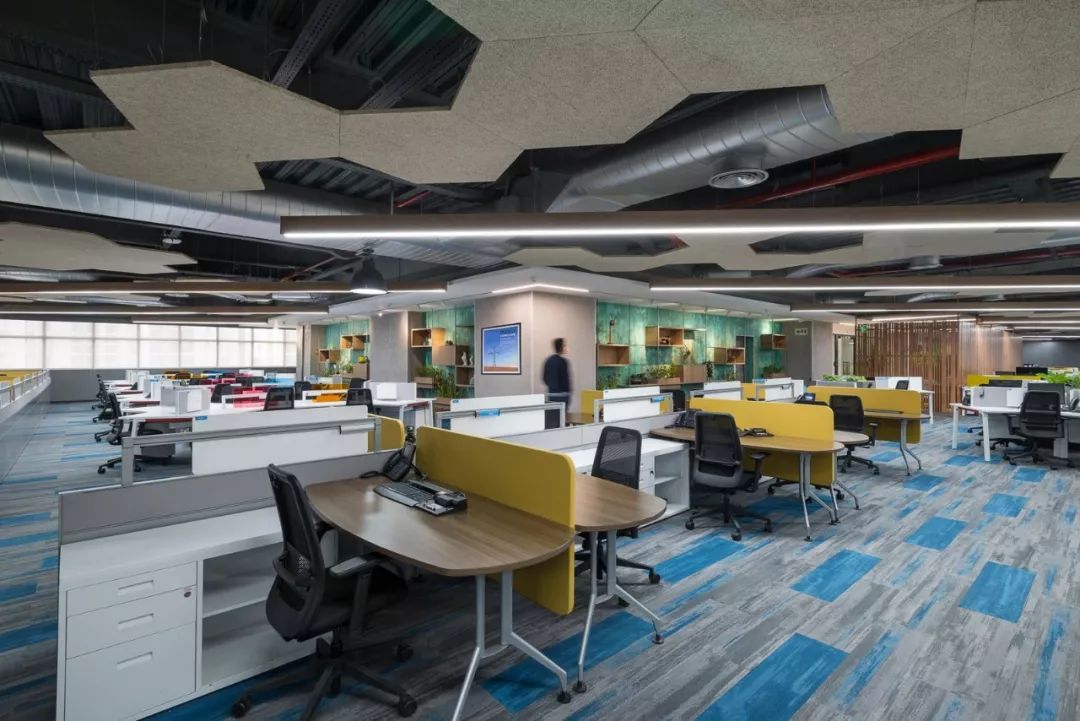
Jane Clay, director of corporate strategy at Gensler, said: "Office design has to be people-centric. It has to be around people. When we work from home, we need to think about how we communicate with others—the best place for the experience which cannot replicate at home. The results of this survey tell us that the epidemic has changed the understanding and needs of British employees for remote work, which will profoundly affect our use, planning, and design of the office ideas to improve social conditions and productivity."
